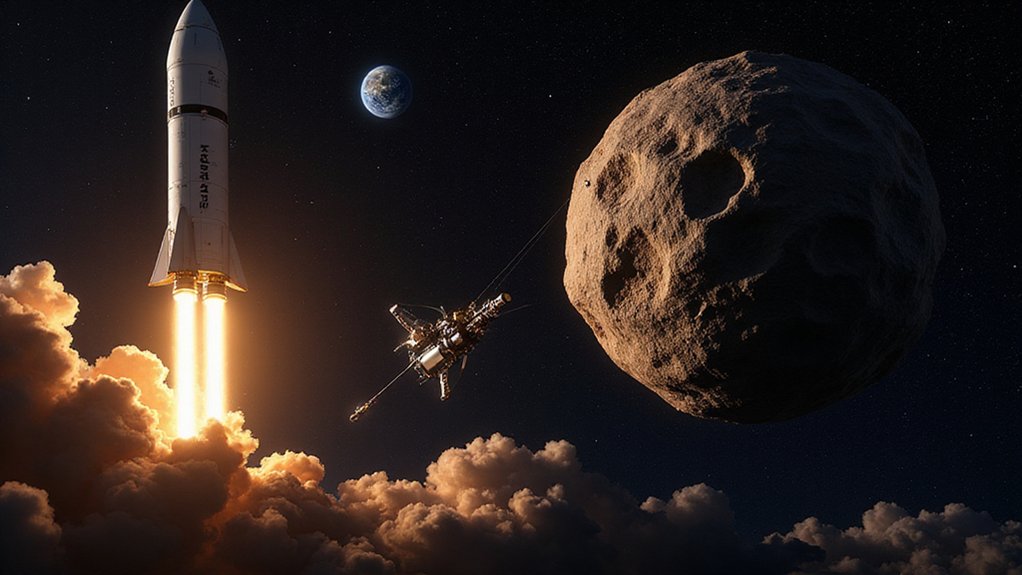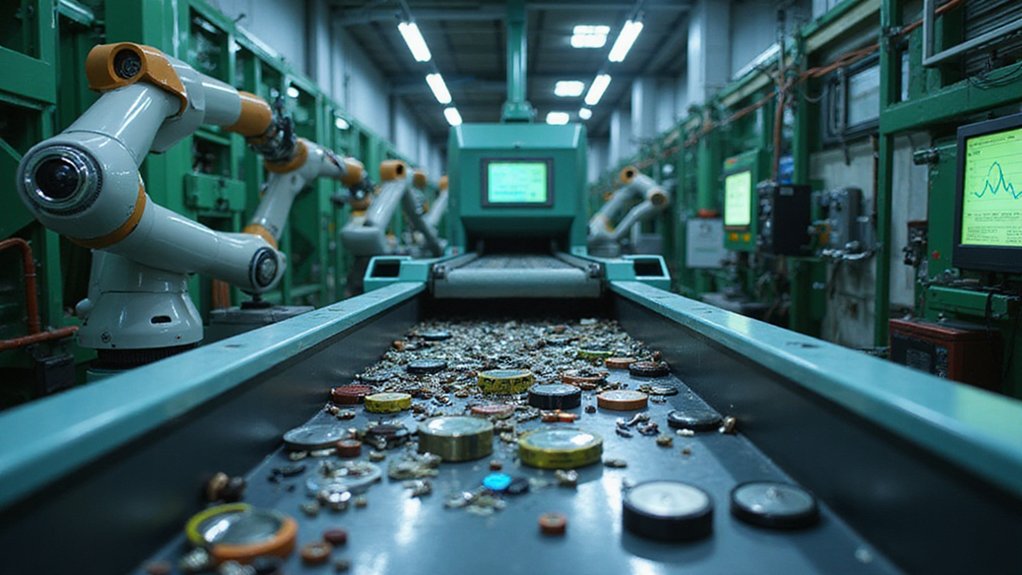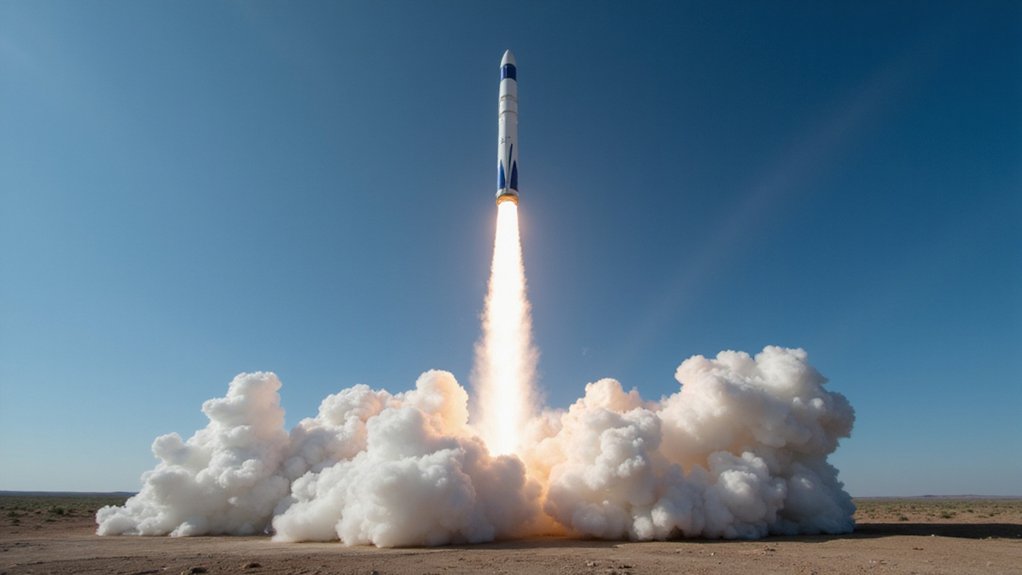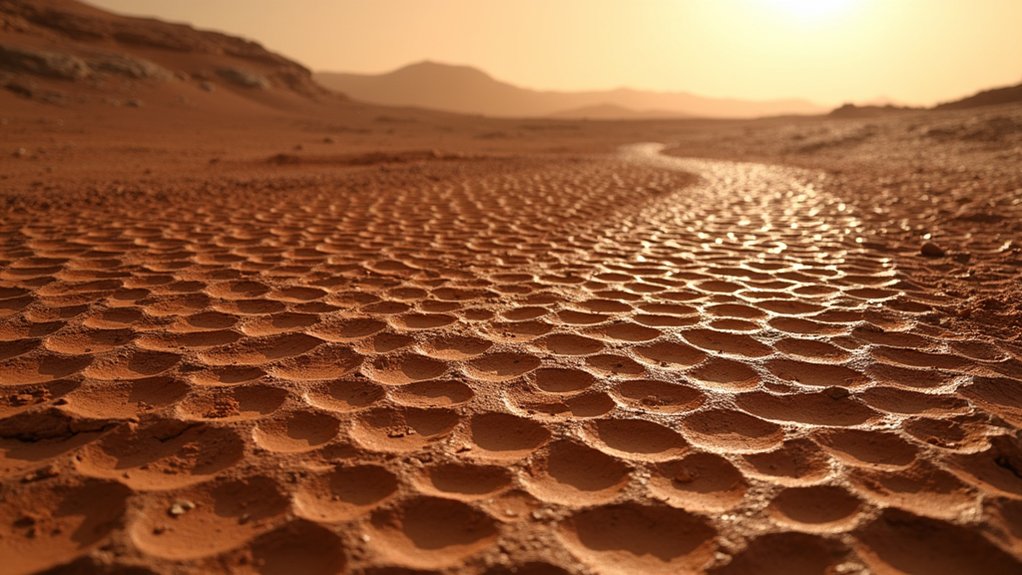While most countries are still figuring out how to reliably land a robot on Mars, China just launched a spacecraft that’ll visit both an asteroid and a comet in one shot. The Tianwen-2 mission blasted off from Xichang on May 29, 2025, aboard a Long March 3B rocket. It’s heading for asteroid 469219 Kamoʻoalewa first, then swinging by comet 311P/PANSTARRS. The samples should be back on Earth by November 2027.
China just launched Tianwen-2 to grab samples from both an asteroid and a comet in one ambitious mission.
But here’s where things get weird. China started recruiting for something called a “planetary defense force” in February 2025. They want aerospace engineers and asteroid detection specialists, all under 35 years old. Candidates must possess a master’s degree or higher in astrophysics, aerospace science, or related fields. Oh, and candidates need a “firm political stance” supporting the Communist Party. Because apparently that’s relevant when you’re trying to save the planet from space rocks.
The timing isn’t coincidental. Asteroid 2024 YR4 has everyone spooked. Its Earth impact probability jumped from 1.3% to 2.2% in early 2025, and it’s now topping risk lists at European and US space agencies. The potential impact date? 2032. That’s just seven years after China posted those job ads.
China’s not messing around with their deflection tech either. They’re planning to test an “Assembled Kinetic Impactor” sometime in 2025 or 2026. Basically, they’ll ram a Long March 5 rocket into an asteroid while keeping the upper stage attached for extra oomph. The space program operates under the People’s Liberation Army, which explains their military-style approach to planetary defense.
They’ve also got this “Enhanced Asteroid Deflector” concept that involves collecting space rocks to throw at other space rocks. Fight fire with fire, but in space.
The UN’s Space Mission Planning Advisory Group, including China, meets regularly about the 2024 YR4 threat. Young Chinese citizens are all over social media discussing it. Meanwhile, China’s mapping out their entire Tianwen series: Mars sample return in 2028, Jupiter mission in 2030.
Kamoʻoalewa, their current target, is tiny—maybe 100 meters across at most. It’s a quasi-satellite of Earth, meaning it hangs around our neighborhood. The samples from this mission and the comet visit will tell scientists plenty about how our solar system formed. If we’re still here to study them, that is.
References
- https://nationalsecurity.arizona.edu/news/china-opens-recruitment-planetary-defence-force-amid-fears-asteroid-hitting-earth
- https://www.ajc.com/news/2025/05/china-launches-spacecraft-it-says-will-return-samples-and-yield-groundbreaking-discoveries/
- https://www.planetary.org/articles/china-planetary-defense-plans
- https://www.friendsofnasa.org/2025/05/china-tianwen-2-asteroid-comet-mission.html
- https://economictimes.com/news/international/world-news/china-launches-mission-to-retrieve-asteroid-samples/articleshow/121477247.cms









